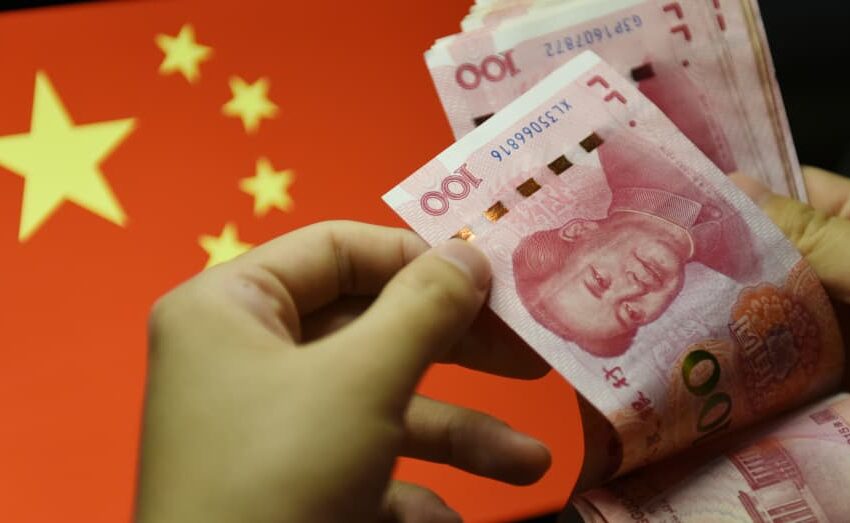The Chinese yuan has achieved a significant milestone by surpassing the euro, establishing itself as the world’s second most used currency in international trade. This development, unveiled through data from the international SWIFT system, showcases the increasing prominence of the yuan on the global stage, marking a significant shift in the landscape of international payments.
Yuan’s Ascendancy
The ascent of the yuan, also known as the renminbi, in international trade payments has been nothing short of remarkable. In August 2023, the Chinese currency held a 4.82% share in international payments, a figure that quickly soared to 5.8% by September of the same year. This surge not only signifies the rapid rise of the yuan but also marks the highest share it has commanded in international payments over the past five years, as per available statistics.
Euro Takes a Step Back
The euro, which once held the position of the second most used global currency, now finds itself relegated to the third spot. In August, the euro held a substantial 6.43% share in international payments. However, a notable shift occurred in September, as the euro’s share dipped to 5.43%. This decline raises questions about the euro’s role and future in the global financial landscape, as it faces growing competition from the Chinese yuan.
The Role of Other Currencies
Beyond the top three global currencies, other notable players also make their mark in the realm of international trade. The Japanese yen holds the fourth position, with its share increasing from 1.28% in August to 1.4% in September. While not commanding as large a share as the leading currencies, the yen’s steady growth reflects its continued role in international trade.
The Saudi rial also plays a part in the global trade arena, although it experienced a slight dip in September. With a 0.56% share in international payments in that month, down from 0.63% in August, the rial showcases the intricate web of currencies utilized in the international trade landscape.
Implications and Significance
The ascent of the yuan to become the second most used global currency is a noteworthy achievement, and its implications extend beyond numbers and percentages. It reflects China’s expanding economic influence and its strategic efforts to internationalize the yuan. As the Chinese economy continues to grow and open up, the yuan is likely to play an increasingly significant role in global finance and trade.
The euro’s decline underscores the challenges it faces in maintaining its position amidst a changing international financial landscape. While the euro remains a powerful currency, the growing use of the yuan as an alternative presents competition and may necessitate adjustments in the eurozone’s strategies.
In conclusion, the yuan’s rise to the position of the second most used global currency is a testament to China’s economic prowess and strategic vision. While the dollar remains unchallenged at the top, the yuan’s ascent and the euro’s decline represent significant shifts in the world of international payments, illustrating the dynamic nature of global finance and trade. As China’s role on the global stage continues to evolve, the yuan’s prominence is expected to further solidify.















